I am writing a Cocoa application with Mono embedded. I want to run and see my debug output in Terminal. On the Cocoa side I am using NSLog(), and on the Mono side I am using Debug.Write(). I can see my debug output in Xcode's console, but not in Terminal. This is what I tried:
$: open /path/build/Debug/MyProgram.app $: open /path/build/Debug/MyProgram.app > output $: open /path/build/Debug/MyProgram.app 2> output
in a terminal but I do not my output on the console or in 'ouput'.
What's the correct command?
PS. My ultimate goal is to write a vim plugin to manage, build, run, debug the xcode project. You can save me this hassle if you can get this vi input manager to work with xcode.
